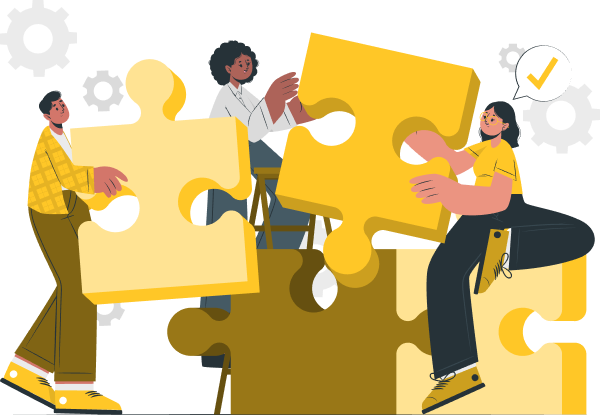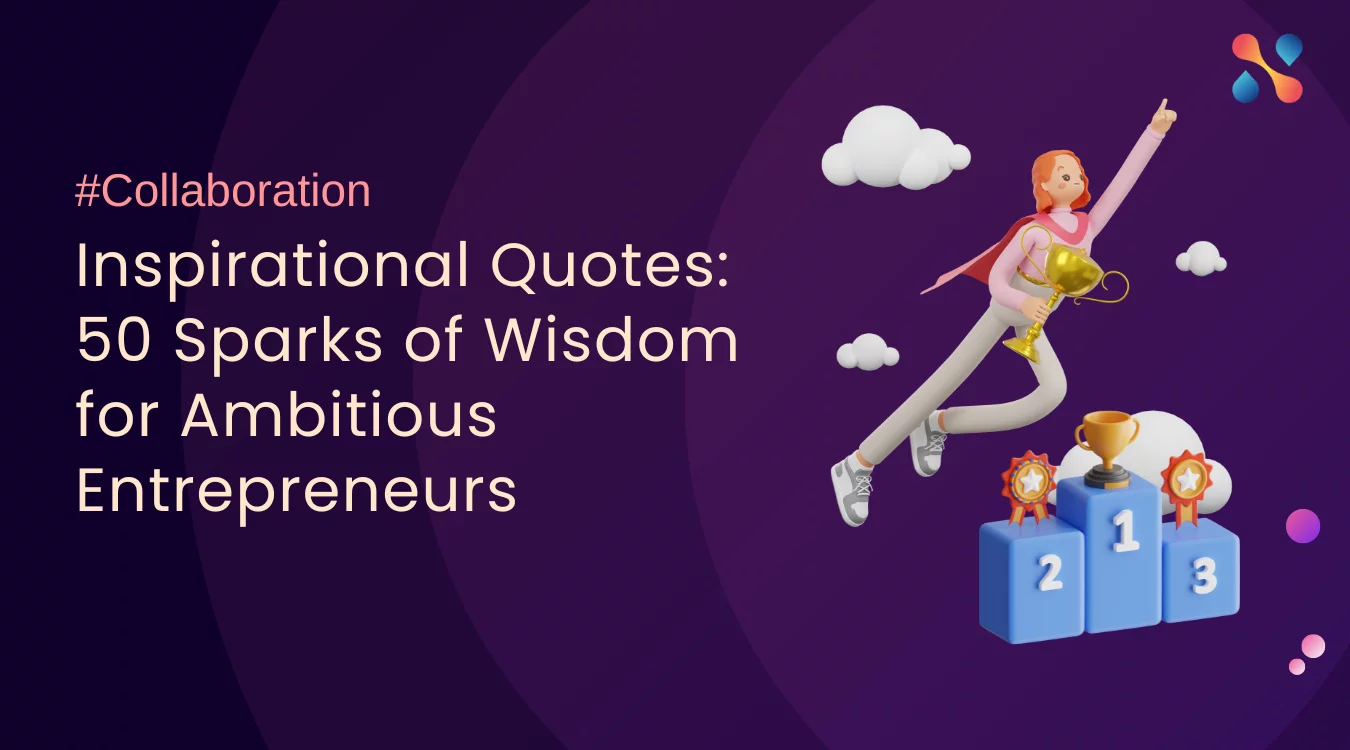As a manager, your greatest concern — day in and day out — is getting the right people with the right skills at the right time to do the work at hand. Whether that’s in a “business as usual” team, or as a member of a project team.
It’s not simple to strike an optimal balance when there are so many factors to take into account.
Skills, experience, and availability are just the obvious ones. There’s also the team composition and individual growth and career plans to consider.
Complicated enough if you’re the only manager.
Throw in some colleagues who all compete to attract the right people for their teams and projects, and you have all the ingredients for some interesting conversations. The more interesting the larger a team you need, and the more managers are eyeing the talent in your organization and vying to get them on their teams.
Managing People Matters or Resource Management?
Managing people matters.
It sounds a bit awkward, even weird, doesn’t it?
I know it’s not anyone’s intention to equate humans with resources, but when someone talks about you as a resource, you quickly feel treated like one. Ten or hundred times more so when you don’t have a say in what teams or projects you’ll work on next.
So why does Digité still use Resource Management?
Simple. We’ve only recently begun to consider how the words we use match up with our efforts to humanize our workplace and help you do the same for yourself.
Things will change. Over time.
For now — or rather, after the following overview — let’s stick with the “traditional” way of speaking about people matters.
What Is Resource Management All About?
Managing people matters (resource management) is all about finding the right people (resources) for the work and projects that you want and need to run to keep your organization performing as desired.
It entails identifying the needs (requirements) of teams — including entire departments, and projects. It means understanding their objectives and goals and their plans for making them happen.
At its heart is figuring out who, which people (resources), are best suited for which work and projects, and planning what they’ll work on when (allocating) so that both work and projects as well as your people and your business get the best of all worlds.
Get it right and you’ll have a bunch of happy people keeping your organization profitable by delivering customer value and successful projects on time and within budget.
Get it wrong and you’ll face enormous challenges in attracting and retaining staff.
Let’s see what five of them are, and what you can do to fix them.
Challenge 1: Speed Is Exhilarating Until It Kills You
You marvel at the speed with which the world is changing. New developments keep coming left, right, and center.
You also find it challenging. It’s hard to keep up. But to succeed, you need to adapt quickly to the challenges that keep cropping up, every day.
The key is to stay flexible, agile, nimble on your feet and in your thinking.
To keep your vision and strategy clear and steady and adjust the tactics — your sails — to the winds of change.
But only when it makes sense to do so. Chasing every “New Shiny Object” is more likely to exhaust you and burn you out, than it is to help you achieve your goals.
But how do you decide which new shiny object is worth chasing? Especially considering how busy you already are?
Not an easy feat. But it can be done.
Fix 1: Slow Down to Speed Up
Sounds like a contradiction, doesn’t it?
But if it worked for Mahatma Gandhi, I’m sure you can benefit too!
“I have so much to accomplish today that I must meditate for two hours instead of one.”
– Mahatma Gandhi
Sure, be open to new ideas and new ways of working. Keep up with the latest tools and trends. Be flexible and adapt as needed.
The key is in “as needed.”
Be selective.
Slow down and ask whether that “New Shiny Object” will actually help you move towards your organization’s vision and objectives.
If it is, start and keep learning and growing, even if it means stepping out of your comfort zone and making your team do the same.
Be open to feedback, especially when learning, and there too: slow down and consider whether you want or need to take it on considering your personal and organizational values and objectives.
Challenge 2: Stretching Money Without Ripping It
Unfortunately, shrinking budgets are a reality.
Maybe you’ve been lucky so far.
But the layoffs, project cancellations, and overall uncertainty in many industries have their impact on you and your organization too.
You have to get creative and stretch your money as far as possible.
But without riding your people so hard that they’ll only fall over or paying them so little that they’ll leave for greener pastures at the first opportunity that presents itself.
How?
Fix 2: When Life Gives You Lemons, Make Lemonade, Uh, Beer
You have shrinking budgets, and that’s a tough deal.
But just imagine you’ve spent millions of dollars for the exclusive right to sell your product at a large world event and then, out of the blue, the organizers’ government prohibits your product.
It’s what happened to Anheuser-Busch InBev.
It could have devastated them.
But instead, and because they have a culture built to deal with sudden changes (aka problems), they turned it into a huge win.
You can do something similar to stretch your money in ways as yet unimaginable.
- Be aware of your budget.
- Understand what you can do with it in terms of getting the right people (resources) and skills (capabilities).
- Get real with your stakeholders. Manage expectations. Say “No.” Inspire them to make hard choices (prioritization) when they can’t or won’t extend their budget.
- Most of all, encourage and help your team to build an agile culture, to be nimble: think on their feet and respond with “how can we turn this to our advantage?”
Challenge 3: Out of Sight and Out of Mind
In today’s world, people are no longer settling for how employers want them to work.
COVID unleashed remote work onto many organizations that weren’t ready or willing to adopt it. And many people don’t want to give up the benefits they’ve experienced.
The gig economy poses an extra challenge as people, especially independent contractors, and freelancers, pick jobs (gigs) that optimize their outcomes, not yours.
It means your team is out of your sight and you may be out of their mind if they’re engaged in simultaneous gigs (can also be an advantage for you, but that’s another article).
Keeping everyone on the same page and clear on what you expect from them can be difficult if you don’t have the right mindset, processes, and tools.
Fix 3: Deliberate Relations and Communication
The answer lies in being deliberate about building relations and keeping communication flowing.
- Don’t put all your eggs in one basket. Have multiple reliable communication channels. Team chat, work boards with commenting, phone, mail, text.
- Give everyone access to the same information and bore them to death by stressing that watercooler updates need to be shared with whoever is not physically present.
- Schedule regular as well as impromptu meetings. Make check-ins at the beginning of every meeting the norm so you stay in touch with how everyone is doing.
- Keep communication open and behave in a way that makes your people feel confident to approach you with questions and concerns. That also means responding in a way that doesn’t discourage them from doing it again.
Challenge 4: Diversity, Equity, & Inclusion Are So Hard
Diversity, equity, and inclusion initiatives are a big challenge for many reasons.
Three of them are:
1. Creating a work environment that is welcoming and inclusive for everyone.
That’s no easy task. Apart from ensuring a diverse team, it takes hard work at soft skills to ensure that everyone feels comfortable speaking up. Which isn’t easy to begin with and becomes harder with all the differences between members of a diverse team. Still, without that effort, you’ll have less creativity, less innovation, and less adaptability to change.
2. Keeping everyone on the same page.
Objectives and goals often get buried under day-to-day activities and concerns. Keeping everybody working towards the same vision is a challenge that requires constant attention.
3. Equality is the first step towards equity.
To create equality, you need to ensure that everyone starts at the same starting line. Like providing equal opportunities for everyone, and equal pay and benefits, just to name the two obvious ones.
To get to equity, you need to ensure that everyone gets the support they need to get to the same finish line. This means not giving everyone the same support but personalizing it to their individual needs. And that can feel uncomfortable as it seems contradictory with equality — treating everyone the same.
Fix 4: Kill Judgment
The answers are as diverse as the people in your organization.
But don’t despair, they all have two essential things in common: psychological safety and leading by example.
Psychological safety starts with listening and responding without judgment.
It creates a safe space for your team members to express their opinions and concerns without fear of ridicule or backlash. Keeping judgments out of responses can be tough but is essential for an atmosphere (culture) of mutual respect.
Understanding is the next big ingredient for psychological safety. Promote it by encouraging awareness that we’re all biased and have our limitations, and that curiosity is the way to fight them.
We all have preconceived ideas about people with different characteristics than ours. And we all know that one Amy or Alex who “isn’t like them at all!”
Leading by example is crucial.
If you don’t show you’re serious, no one will be.
So, behave and respond in ways that promote psychological safety, call out behavior that isn’t in line with it, and if you mess up yourself (which will unavoidably happen, you’re only human!) apologize and make amend.
Challenge 5: Humans Aren’t Robots
The fortunate truth is that humans aren’t robots.
It’s a fortunate truth, because humans bring so much more to the table if you create a safe space for them to do so.
If you don’t, and your people constantly face stressful situations, that can lead to chronic stress, burnout, and depression. With all the consequences that has for your team and organization in terms of decreased ability to perform, increased absenteeism, and increased costs.
Fix 5: Support the Human in Your People
The fix lies in recognizing that your people are human and that they can’t divorce themselves from their emotions and their personal issues when they come to work.
And vice versa.
Creating psychological safety is the first step.
De-tabooing mental health issues is a crucial second.
And promoting emotional resilience and intelligence through training and continual practice is the all-important third. Because you can’t keep everyone safe all the time.
And then there are all the “normal” steps of enabling people to do give you their best:
- Setting clear, concrete
- Communicating what resources and support are available to them.
- Making people feel appreciated and supported.
Create (or be) an outlet where they can express their needs and frustrations. Don’t try or even offer to fix it for them. Listen, ask what they want to do about it and what they need from you.
Fix Those People Matter Challenges Because People Matter
Managing people matters may be harder than rocket science, especially with diversity, equity, and inclusion thrown into the mix.
But getting it right is so worth it.
Because when you do get it right and overcome the resource management challenges mentioned above, you unleash your people’s creativity and their capacity for innovation and change.
Even in difficult times, you can create success by staying nimble and encouraging communication and collaboration.
And “all” you need to do is create an environment that is supportive and encouraging.
So, get started. And remember to slow down to speed up!
This article is written by Karan Gadani (Product Owner, NimbleWork, Inc) and co-authored by Marjan Venama (Content Strategist, NimbleWork, Inc.)












